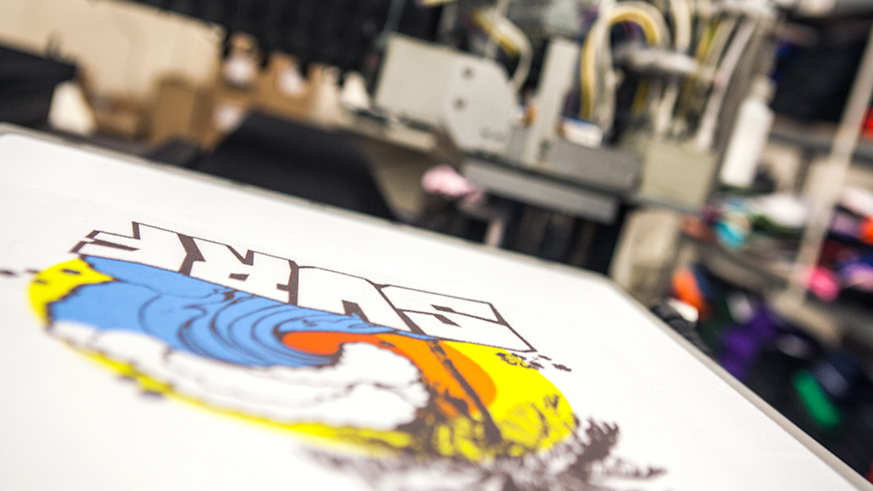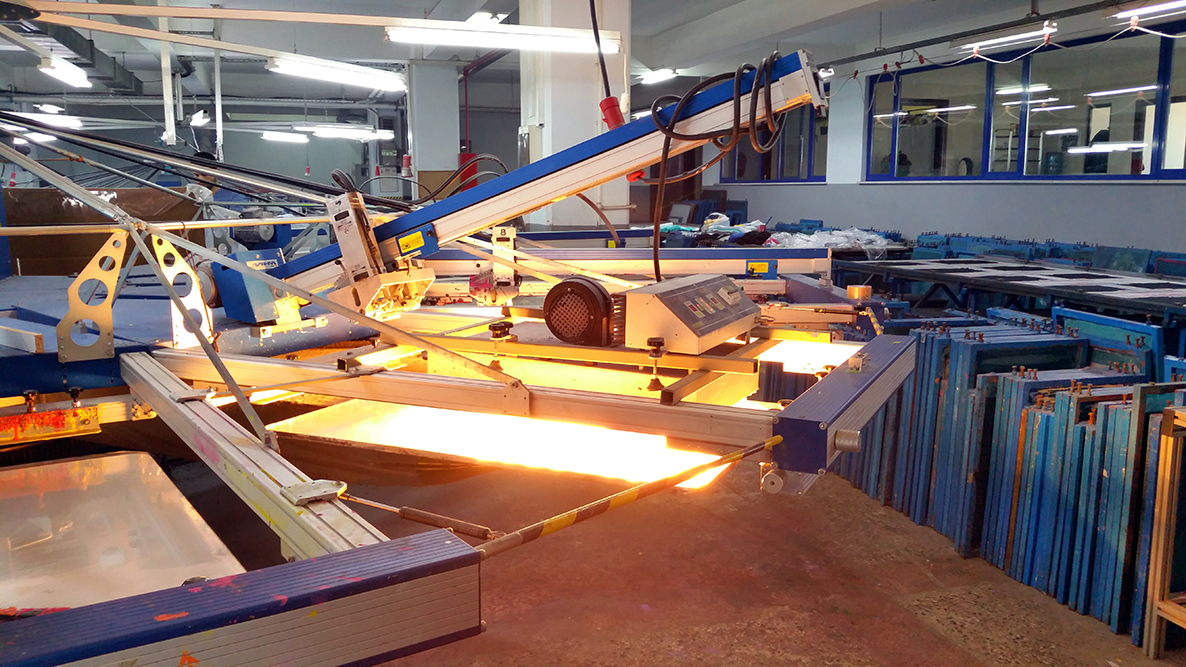DTG Printing Vs. Screen Printing


DTG Printing
DTG printing, also referred to as direct to garment printing, is a method used to print digital imagery onto t-shirts and other fabrics. DTG printing is the method we use most frequently here at Printaura. Direct to garment printing is just what it sounds like; the design is directly printed onto the garment. We use large specialized printers and inks to print designs directly onto fabrics.

How It Works
Curious about how DTG printing works? The process is quite simple and yields beautiful results, as long as the digital art is setup correctly. Here is what happens:
-
The printer is set up in accordance with your desired placement and product.
-
Your design is sent to the printer.
-
The printer transfers your design onto the product.
-
The ink is then sealed in order to promote product longevity.
-
And we're done. Easy!
Pros
There are many benefits to using DTG printing for your needs. Here are just a few:
Available to be printed on demand
Available with no minimums
Unlimited color possibility at no extra charge
Accommodates great amounts of detail
No overhead (no startup costs)
Prints photographs
Cons
There are also some drawbacks to using DTG Printing. Here are the main limitations:
Limited placement options
Ink takes to different fabrics differently
Limited volume discount options
Screen Printing
Screen printing, also referred to as silk screening is another method for printing graphics on t-shirts and other fabrics. Screen printing is a printing process that goes back thousands of years.

How It Works
Curious about how screen printing works? The set up process for screen printing is a very technical process. After the screen is setup with your design, many prints can be made from that one screen. Here is what happens:
-
Your design is transferred onto a fine mesh screen using a photo emulsion process.
-
The press is then setup in accordance with your desired positioning and product.
-
A squeegee is then used to push a thick ink through the stenciled mesh.
-
When the screen is lifted, voila! Your design has been transferred onto your product.
Pros
Screen printing can be great for certain circumstances. Here are some of the benefits to using the screen printing process:
Ideal for large volumes
Brighter colors (thicker ink)
Many possibilities for design placement
Great volume discounts available
Retail Quality
Cons
Screen printing also has some limitations when it comes to printing digital images. Here are a few:
Limited colors
Cost per item usually increases by number of colors used
Only accommodates a limited amount of detail
Substantial setup cost
Cannot print photographs
Not economic in small quantities
Rarely available for print on demand
Questions?
Do you still have questions about these different printing processes? If you are still curious about which method is right for you, reach out! Leave us a comment with any questions on concerns about either of these methods. We are always happy to help.